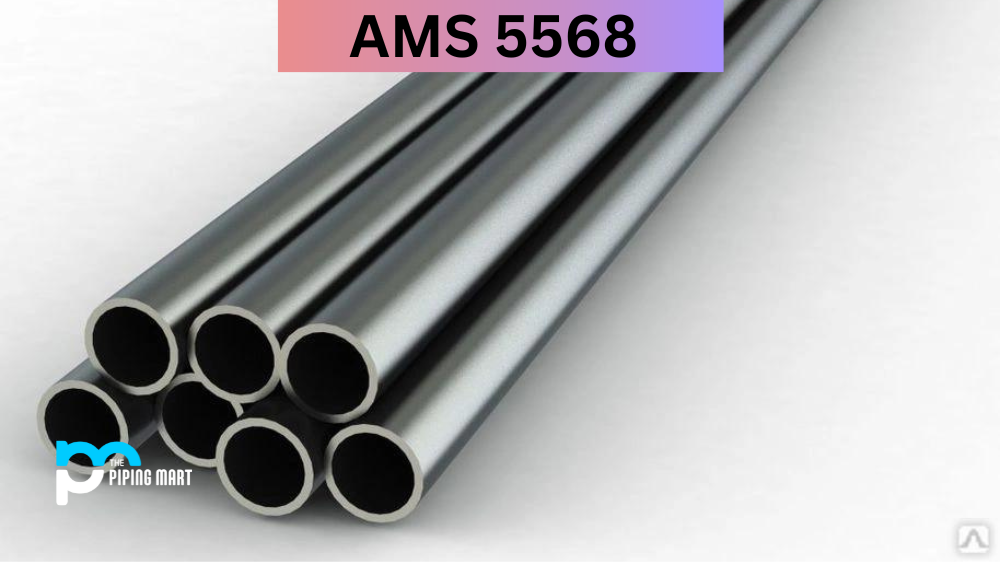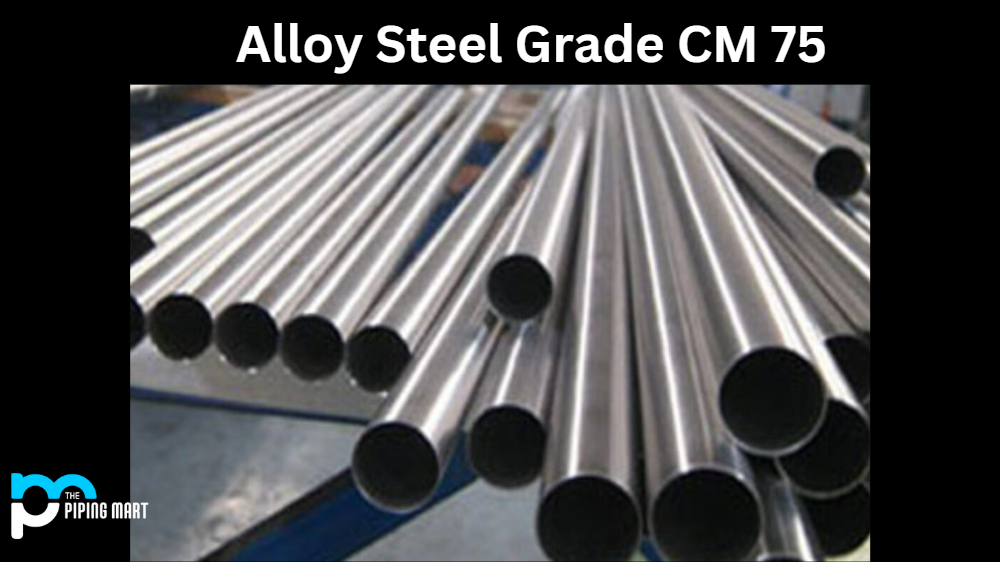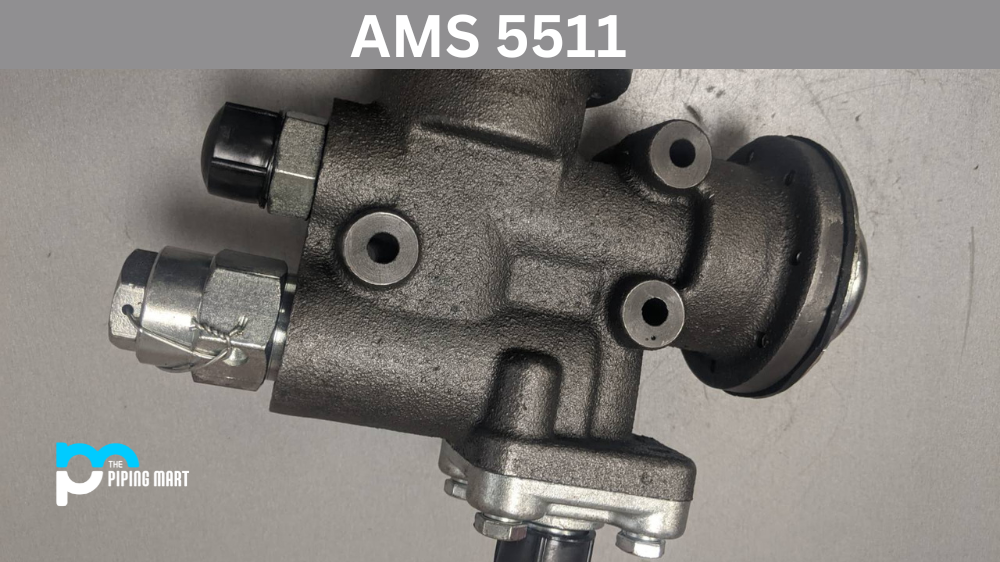When choosing the right material for your industrial application or manufacturing process, it’s important to understand the properties and characteristics of different alloys. One such alloy widely used in the aerospace industry is AMS 5568. In this blog post, we’ll dive deeper into this alloy and learn its composition, physical and mechanical properties, hardness, uses, and heat treatment.
What is AMS 5568?
AMS 5568 (also known as 17-7 PH Stainless Steel) is an important industry standard for the manufacture of aircraft tubing. As with any industry, quality and consistency are key. AMS5568 sets the benchmark for the quality and performance of aircraft tubing, ensuring it can withstand the tough conditions of aviation. AMS5568 specifies properties like chemical composition, tensile strength, and hardness, which must be strictly adhered to by manufacturers. It’s comforting to know that the tubing in aeroplanes we rely on for our safety is made to such rigorous standards. AMS 5568 tubing is just one example of the standards and regulations that keep the aviation industry running smoothly.
What Form is AMS 5568 Available at Piping Mart?
- Screws
AMS 5568 Composition
AMS 5568 is an austenitic stainless steel primarily composed of iron, nickel, and chromium. It also contains trace amounts of molybdenum, manganese, and silicon. This alloy is known for its excellent corrosion resistance and high tensile strength, making it suitable for high-stress environments.
| Element | Content (%) |
|---|---|
| Chromium, Cr | 16-18 |
| Nickel, Ni | 6.50 – 7.75 |
| Manganese, Mn | 1 max |
| Silicon, Si | 1 max |
| Aluminum, Al | 0.75 – 1.50 |
| Carbon, C | 0.09 max |
| Phosphorous, P | 0.040 max |
| Sulfur, S | 0.030 max |
| Iron, Fe | Balance |
AMS 5568 Physical Properties
The density of AMS 5568 is around 7.8 g/cm3, which is higher than most other stainless steel. It has a melting point of 1350°C and a specific heat capacity of 0.5 J/g-°C. Other notable physical properties of this alloy include its high thermal conductivity, low thermal expansion coefficient, and excellent electrical conductivity.
| Properties | Metric | Imperial |
|---|---|---|
| Density | 7.80 g/cm3 | 0.282 lb/in3 |
AMS 5568 Mechanical Properties
AMS 5568 has an ultimate tensile strength of 100 ksi (690 MPa) and yield strength of 50 ksi (345 MPa). It is also highly malleable and can be easily formed and welded without cracking or splitting. This alloy has a low coefficient of friction, making it ideal for components that require sliding or rolling movements.
| Properties | Metric | Imperial |
|---|---|---|
| Tensile strength | 1170 MPa | 170000 psi |
| Yield strength | 965 MPa | 140000 psi |
| Modulus of elasticity | 204 GPa | 29600 ksi |
| Poisson’s ratio | 0.27-0.30 | 0.27-0.30 |
| Elongation at break | 6% | 6% |
| Hardness, Rockwell C | 38 | 38 |
AMS 5568 Uses
Due to its excellent corrosion resistance and high strength, AMS 5568 tubing is widely used in aerospace manufacturing parts for aircraft engines, landing gear, and other components. It’s also used in the oil and gas industry for pipeline construction and pressure vessels. AMS 5568 is also used in the medical industry to produce surgical instruments and implants.
AMS 5568 Hardness
AMS 5568 has a Rockwell hardness of 88 HRB, which is relatively low compared to other stainless steel. However, it can be hardened through cold working or heat treatment. The low hardness is an advantage in applications that require good formability.
AMS 5568 Heat Treatment
Heat treatment can significantly improve the strength and hardness of AMS 5568. For instance, annealing can soften the material and make it easier to form or weld. Alternatively, quenching and tempering can achieve high hardness and strength. The exact heat treatment process depends on the specific application and required properties.
Conclusion
AMS 5568 material is an excellent choice for applications that require high strength, excellent corrosion resistance, and good formability. It’s widely used in the aerospace, oil and gas, and medical industries for its superior mechanical and physical properties. Knowing its composition, physical and mechanical properties use, hardness and heat treatment options can help you decide when selecting materials for your next project.

A passionate metal industry expert and blogger. With over 5 years of experience in the field, Palak brings a wealth of knowledge and insight to her writing. Whether discussing the latest trends in the metal industry or sharing tips, she is dedicated to helping others succeed in the metal industry.




